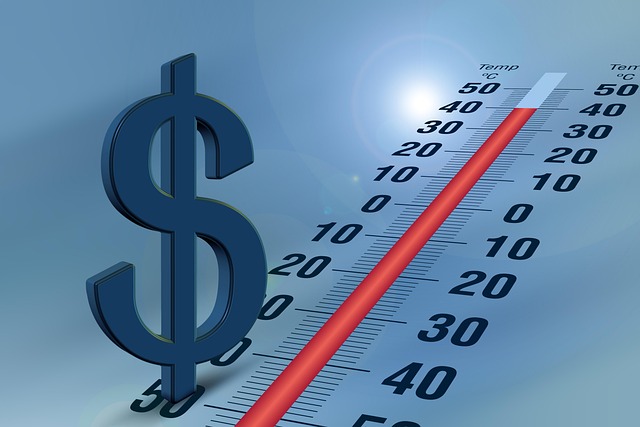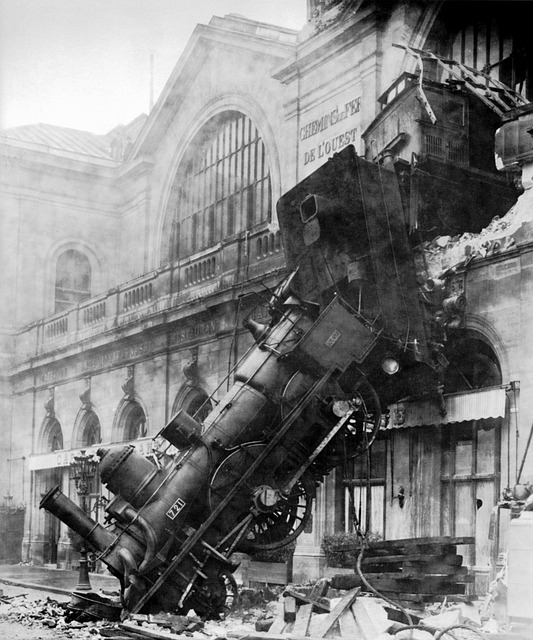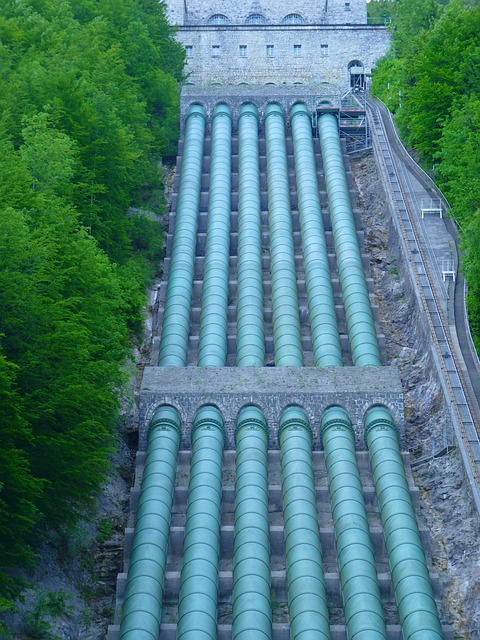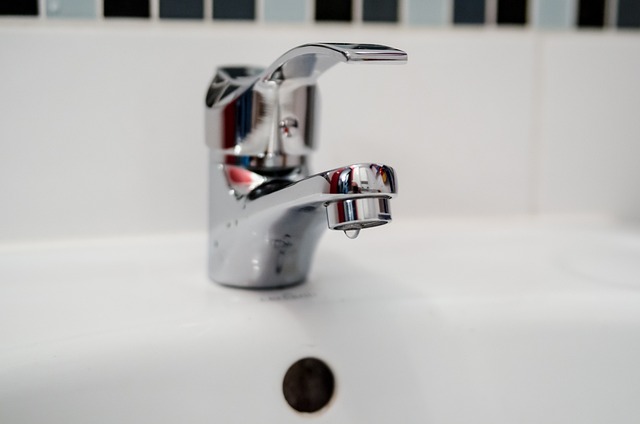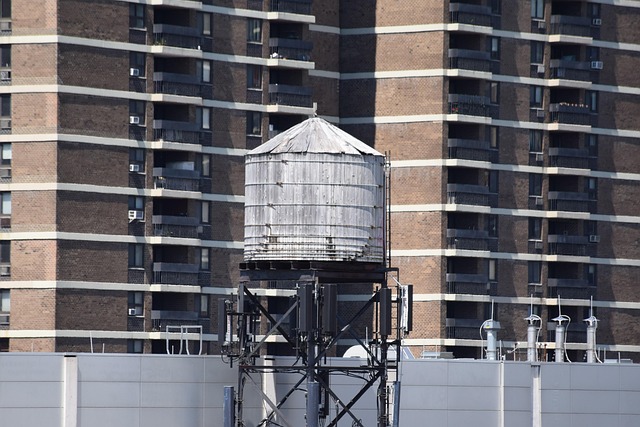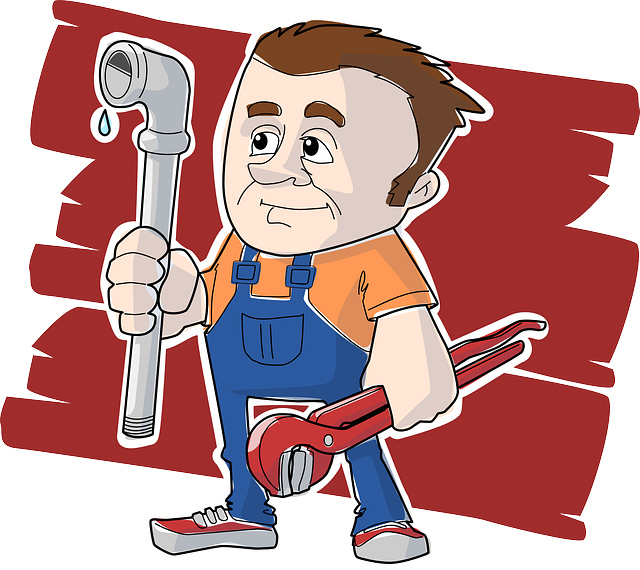Water heater efficiency is crucial for maintaining consistent water temperature, pressure, and supply in your home. Regular maintenance, including tank flushing, leak checks, proper ventilation, and monitoring water pressure, prevents issues like sediment buildup, faulty thermostats, and aging components. Upgrading to a high-efficiency heater and installing low-flow aerators reduces energy consumption and utility bills. Periodically flushing the system, inspecting heating elements, checking for leaks, and monitoring energy usage ensure optimal performance and maintain strong water pressure. Modern tankless heaters offer on-demand heating, improved water pressure, and enhanced energy efficiency.
Water heaters are essential for comfortable living, but they can also be significant energy consumers. Understanding water heater efficiency and common issues is crucial for maintaining a balanced energy budget. This article delves into various aspects of water heaters, including low water pressure (a primary concern), energy consumption, maintenance tips, and modern alternatives like tankless heaters that offer enhanced efficiency and cost savings. By exploring these topics, you’ll gain insights to optimize your water heating system, especially in terms of water pressure.
- Understanding Water Heater Efficiency and Common Issues
- Low Water Pressure: Causes and Solutions
- Energy Consumption and Cost Savings Strategies
- Maintenance Tips to Extend Lifespan and Improve Performance
- Modern Alternatives: Tankless Water Heaters and Their Benefits
Understanding Water Heater Efficiency and Common Issues

Understanding Water Heater Efficiency and Common Issues
Water heater efficiency is a key factor in determining how well your device heats and supplies water to your home. Efficient water heaters not only save on energy costs but also help maintain consistent water pressure, ensuring every faucet and shower head delivers hot water when needed. The most common issues with water heaters include decreased water temperature, inconsistent heating, and reduced water pressure. These problems can stem from various causes such as sediment buildup, faulty thermostats, or aging hardware components that lose efficiency over time.
Regular maintenance is crucial to addressing these issues early on. Flushing the tank to remove mineral deposits, checking for leaks, and ensuring proper ventilation are simple yet effective measures. Additionally, keeping an eye on your water pressure levels can help identify potential problems before they escalate. By understanding how your water heater operates and being proactive in its care, you can maintain optimal efficiency, preserve hot water supply, and ensure consistent water pressure throughout your home.
Low Water Pressure: Causes and Solutions

Low water pressure is a common issue that can be caused by several factors related to your water heater. One of the primary reasons could be mineral buildup or sediment accumulation inside the tank, which restricts water flow. Over time, hard water minerals can accumulate on the heating element and at the bottom of the tank, reducing its efficiency and leading to lower water pressure. To address this, regular maintenance is key. Flushing the water heater tank annually can help remove these sediments, improving both water pressure and the overall performance of your heater.
Another less obvious cause could be an aerator or pressure-reducing valve issue at the faucet. These components can become contaminated or damaged over time, leading to reduced water pressure at the tap. Checking and cleaning these parts, or replacing them if necessary, can restore optimal water pressure throughout your home.
Energy Consumption and Cost Savings Strategies

Water heaters are a significant part of your home’s energy consumption, and inefficiencies can lead to unexpected costs. One of the primary concerns is energy usage, especially with modern lifestyles demanding constant hot water access. Older models or poorly maintained heaters can waste substantial energy, impacting both your utility bills and environmental footprint.
To mitigate these issues, consider implementing cost-saving strategies. Upgrading to a high-efficiency water heater is an excellent start, as these models are designed to reduce energy loss. Additionally, regular maintenance checks can ensure optimal performance and identify potential problems early on. Simple adjustments like installing low-flow aerators on faucets and showerheads can also significantly impact water pressure while reducing hot water usage, thereby cutting costs without compromising comfort.
Maintenance Tips to Extend Lifespan and Improve Performance

Regular maintenance is key to extending the lifespan and enhancing the performance of your water heater. One of the simplest yet effective practices is to flush the system periodically to remove any sediment buildup, which can significantly impact water pressure and efficiency. This process involves turning off the water supply, opening hot-water taps to allow the tank to drain, then flushing out any remaining water before refilling and resetting the heater.
Additionally, inspecting and cleaning the heating elements, checking for leaks, and ensuring proper ventilation are crucial steps. Remember to keep an eye on energy usage, as sudden spikes might indicate issues that require professional attention. By incorporating these maintenance tips into your routine, you can enjoy a more efficient water heating system and maintain optimal water pressure throughout your home.
Modern Alternatives: Tankless Water Heaters and Their Benefits
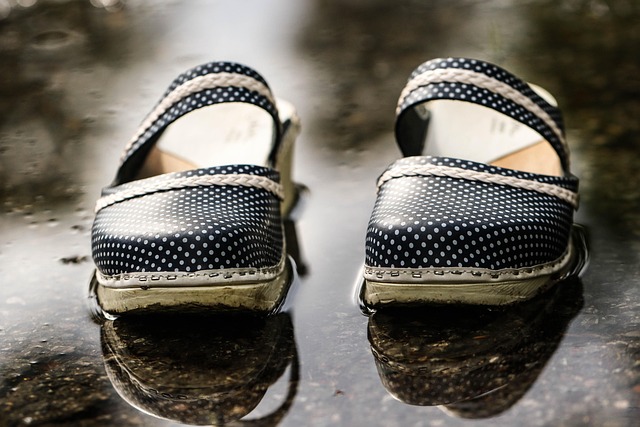
Modern alternatives to traditional tank water heaters are gaining popularity due to their energy efficiency and space-saving design. Tankless water heaters, also known as on-demand or instant water heaters, offer a revolutionary approach to hot water supply. Instead of storing water in a tank, these systems heat water only when it’s needed, directly from the faucet or showerhead. This eliminates the constant energy demand of keeping a large capacity of water hot, which is a significant advantage for home owners looking to reduce their energy bills and carbon footprint.
One of the key benefits of tankless heaters is improved water pressure. Unlike traditional tanks that can lose pressure due to sediment buildup or multiple users drawing hot water simultaneously, on-demand systems provide a consistent flow of hot water at high pressure. This ensures a powerful shower experience without any reduction in water force, catering to modern lifestyles where convenience and performance are paramount.

